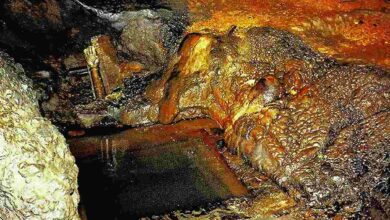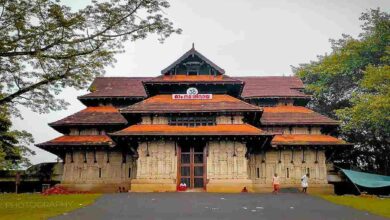This temple of Eklingji Shiva with four-faced Shivalinga is famous all over the world, it also has a big connection with Maharana Pratap
Eklingji Temple: Kailashpuri is a significant pilgrimage site in Rajasthan’s Udaipur district. It is here that Lord Shiva is worshiped as ‘Ekling.’ Situated on National Highway-48, about 22 kilometers from Udaipur and 26 kilometers from Nathdwara, is this temple dedicated to Shri Eklingji Mahadev. Eklingji has been accorded particular significance in western India, whilst Utkalinga, Madhyakalinga, and Kalinga are acknowledged in eastern India.

An inscription from 917 AD has also been discovered at this temple, which was initially associated with the Lakulish sect. During the medieval era, when the current temple was constructed, a distinctive form of worship was introduced. With its distinctive grandeur, this temple was constructed in the Mewar style using stones. Here, Lord Shiva is sitting as a four-faced Shivalinga. God is represented by several faces in each of the four directions: Rudra in the south, Brahma in the west, Vishnu in the north, and Surya in the east.
A brass figure of Nandi is located in front of the temple’s sanctum sanctorum, which has its main entrance facing west. The main temple of Shri Eklingji is located in the center of a complex of 108 smaller temples dedicated to various gods and goddesses. Common worshipers are not allowed into the sanctum sanctorum; darshan is exclusively performed from the dock.
It is said that Lord Eklingji was represented by the Mewar kings. They would undoubtedly come to ask for blessings before going to fight. From a historical perspective, this location is also significant. Following the original Banaling from Dungarpur state, the current Chaturmukhi Shivling was established.
Bappa Rawal, the founder of Mewar, constructed the main temple in the eighth century. Maharana Raimal constructed the current building in the fifteenth century. The current Maharana, Arvind Singh, is the one who put the silver coating on the temple’s entryway. The temple’s walls and inscriptions indicate its significance and history.





